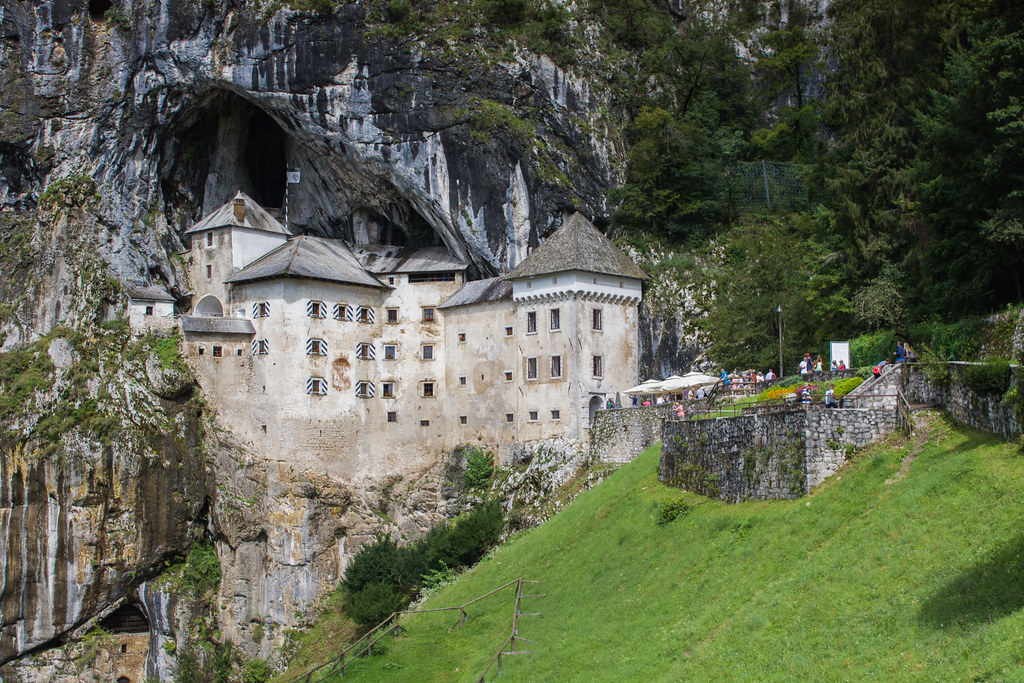Discovering Slovenia's Historic Wonders
Slovenia is a country rich in history and cultural heritage, with many historic sites that showcase its diverse past.

Ljubljana Castle
Ljubljana Castle stands above the downtown of Ljubljana, the capital of Slovenia. Originally a Medieval fortress, probably built in the 11th century and rebuilt in the 12th century, it acquired its present outline with an almost complete overhaul in the 15th century, whereas the majority of the buildings date to the 16th and 17th centuries.
Read more about Ljubljana Castle
St. George's Cathedral
Above the compact Piran town centre reigns St. George"s Cathedral, which gives the city its special character. It was probably built in the 12th century, but no exact data in this regard exists. In the 14th century, it was built to its present size. In the year 1344, on the Day of St.
Read more about St. George's Cathedral
Bled Castle
Bled Castle is built on a precipice above the city of Bled in Slovenia, overlooking Lake Bled. According to written sources, it is the oldest Slovenian castle and is currently one of the most visited tourist attractions in Slovenia. The history of the castle reaches back to 1004 when the German Emperor Henry II gave his estate at Bled to Bishop Albuin of Brixen.
Read more about Bled Castle
Predjama Castle
Predjama Castle is a Renaissance castle built within a cave mouth in the historical region of Inner Carniola. The castle was first mentioned in the year 1274 with the German name Luegg, when the Patriarch of Aquileia built the castle in Gothic style. The castle was built under a natural rocky arch high in the stone wall to make access to it difficult.
Read more about Predjama Castle
Celje Castle
Celje Castle was once the largest fortification on Slovenian territory. The first fortified building on the site (a Romanesque palace) was built in the first half of the 13th century by the Counts of Heunburg from Carinthia on the stony outcrop on the western side of the ridge where the castle stands.
Read more about Celje Castle
Ptuj Castle
The mighty Ptuj Castle was built in the mid-12th century, when it was constructed to defend against the Hungarians. The oldest written record about the castle is by the chronicler of the Salzburg archbishop Konrad I, who occupied this position from 1106 to 1147.
Read more about Ptuj Castle
Piran Town Walls
Significant parts of the city walls of Piran remain well-preserved. Piran's three walls were built in response to the city's expansion. The first wall was built in the 7th century, separating the town into four streets. The first wall can be seen in the old part of the town. The wall was moved south-west when new streets were built.
Read more about Piran Town Walls
Hrastovlje Church
Holy Trinity Church is a historical building in Hrastovlje. There are two hypotheses about its origin. According to the first, it is a Romanesque church from the 12th century. According to the second, it is an example of the Istrian variant of Early Venetian Renaissance architecture from the 15th century.
Read more about Hrastovlje Church
Velenje Castle
By form and function, PeleÅŸ is a palace, but it is consistently called a castle. Its architectural style is a romantically inspired blend Neo-Renaissance and Gothic Revival similar to Schloss Neuschwanstein inBavaria.
Read more about Velenje Castle
Idrija
Heritage of Mercury. Almadén and Idrija is a joint UNESCO World Heritage site in Almadén, Spain, and Idrija, Slovenia. The property encompasses two mercury mining sites. In Almadén mercury has been extracted since Antiquity, while in Idrija it was first found in 1490.
Read more about Idrija